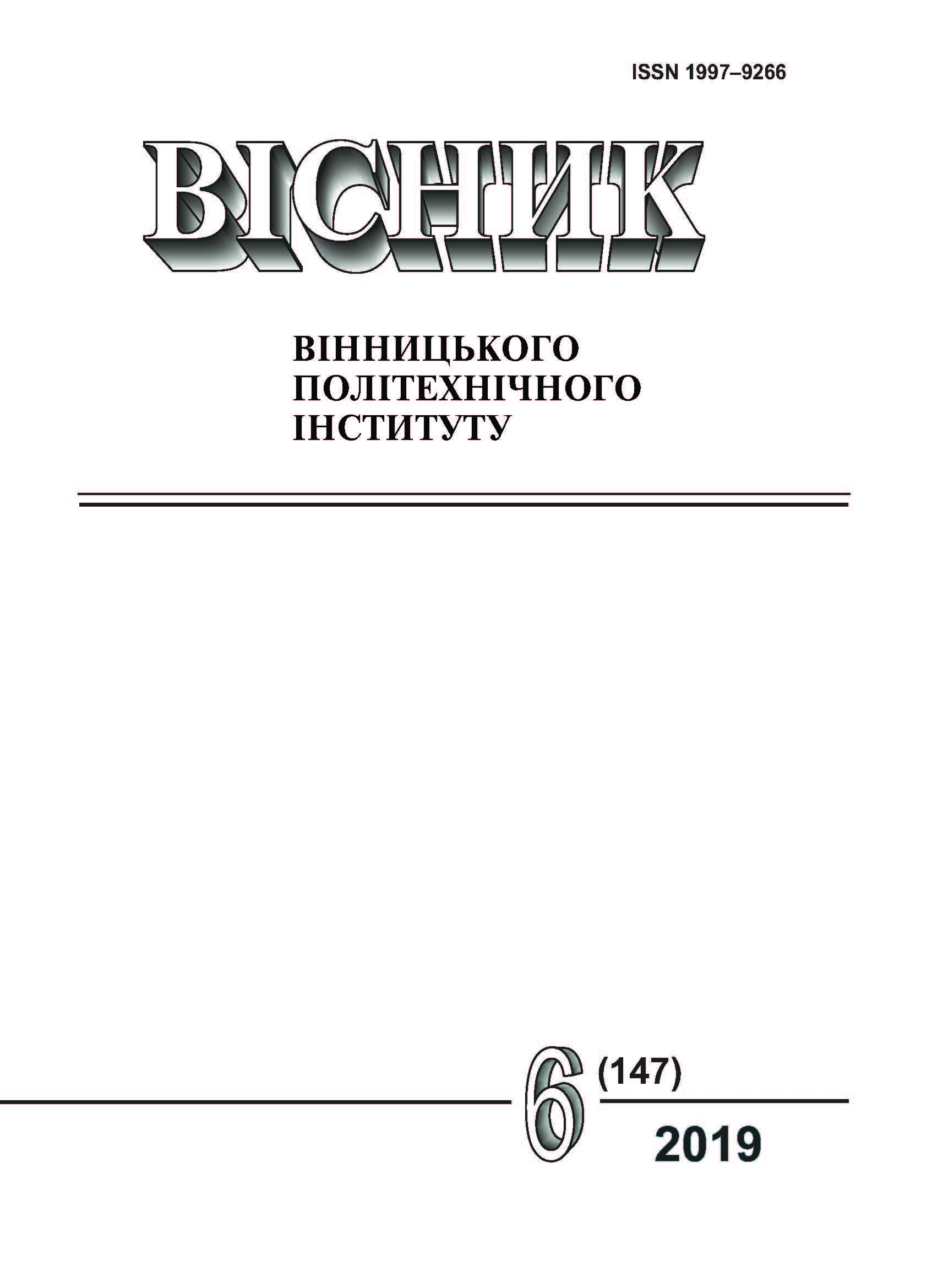Intellectual Technology of Making Quality Posters
DOI:
https://doi.org/10.31649/1997-9266-2019-147-6-73-82Keywords:
poster, poster layout, intellectual technology, poster quality prediction, layout synthesis, decision tree, Adobe Illustrator, Adobe Indesign, Adobe PhotoshopAbstract
Poster design is the process of reciprocally assembling layout elements, taking into account the balance, shape, scale, proportionality, color, and other factors that determine perception, to achieve the purpose of the publication. In this process, there are both creative side and a technical side. In this work, we will separately consider the task of poster layout, that is, publications that contain the basic graphical and textual information about an event or event. The characteristics of the layouts of posters from scientific materials, documentation for graphic packages are studied, and the practical experience of workers in this area is systematized. The characteristics on the basis of which it is proposed to build an intelligent technology for the layout of quality posters are determined. Using professional design Internet resources Behance, DeviantArt and Dribbble, which aggregate the best solutions in the field of poster layout, including posters, a dataset was created using the modern online service Google Sheets. According to the target characteristic, the ratio of the number of likes to the number of views of the poster is accepted. A new intelligent design technology of quality posters is proposed, which at the setup stage builds a model based on decision tree with hyperparameters optimization using the dataset of high-quality and low-quality posters as an example; classes and conditions of parameters that correspond to them are determined from this decision tree. The user sets a number of parameters that cannot be changed (restriction), then the technology filters out all classes that definitely do not have such parameters, and among those that remain, they select the best class for the poster layout that will simultaneously satisfy these restrictions and will maximize the feedback of the professional community in as the ratio of the number of likes to the number of views of the poster. Based on the selected class, a list of recommendations for designers is formed. Recommendations are formed using conditional nodes leading from the root node to the leaves necessary for the task. Based on these recommendations, the layout of the poster is synthesized and the estimated ratio of the number of likes to the number of views is immediately reported to the user. The proposed technology has been successfully tested on a number of posters in Ukrainian and English. It will simultaneously improve the quality of poster layouts and the time for their design.
References
ДСТУ 3017: 2015. Видання. Основні види. Терміни та визначення понять. Київ: Держспоживстандарт України, 2016, 42 с.
Andrew Faulkner, and Conrad Chavez, Adobe Photoshop CC, 2018, 384 p.
Jonathan Gordon, Rob Schwartz, and Cari Jansen, Learn Adobe InDesign CC for Print and Digital Media Publication, 2018, 496 p.
R. K. Pedwell, J. A. Hardy, and S. L. Rowland, “Effective visual design and communication practices for research posters: Exemplars based on the theory and practice of multimedia learning and rhetoric, Pedwell, 2017,” Biochemistry and Molecular Biology Education, Wiley Online Library 45, pp. 249-261. https://doi.org/10.1002/bmb.21034 .
M. Boers. Theory of Poster Design and Presentation Annals of the Rheumatic Diseases. BMJ Publishing Group Limited, 2018, pр. 77-118.
Introduction: poster presentations [Electronic resource]. Available: http://www.kumc.edu/SAH/OTEd/jradel/Poster_Presentations/PstrStart .
J.van Dalen, H. Gubbels, C. Engel, and K. Mfenyana, “Effective Poster Design,” Education for Health. 2002. [Electronic resource]. Available: https://www.brown.edu/academics/medical/sites/brown.edu.academics.medical/files/uploads/Poster-design.pdf.
Boers Theory of poster design and presentation Annals of the Rheumatic Diseases, 2018; pp. 41.
Elements of Poster Design [Electronic resource]. Available: http://www.cis.rit.edu/htbooks/dtp/projects/poster/poster1 .
С. В. Глушаков, i Г. А. Кнабе, Комп’ютерна верстка: Навчальний курс. Харків: Фоліо, 2002. 485 с.
C. M. Yang, and T. F. Hsu, “Applying Narrative Theories in the Design of Public-cause Posters: Process and Educational Implications,” Services for Science and Education. United Kingdom. pp. 29-32, 2017.
Gavin Ambrose, Paul Harris, and Nigel Ball. The fundamentals of graphic design. Bloomsbury Publishing, 2019, pp. 43-45.
Downloads
-
PDF (Українська)
Downloads: 207
Published
How to Cite
Issue
Section
License
Authors who publish with this journal agree to the following terms:
- Authors retain copyright and grant the journal right of first publication.
- Authors are able to enter into separate, additional contractual arrangements for the non-exclusive distribution of the journal's published version of the work (e.g., post it to an institutional repository or publish it in a book), with an acknowledgment of its initial publication in this journal.
- Authors are permitted and encouraged to post their work online (e.g., in institutional repositories or on their website) prior to and during the submission process, as it can lead to productive exchanges, as well as earlier and greater citation of published work (See The Effect of Open Access).





